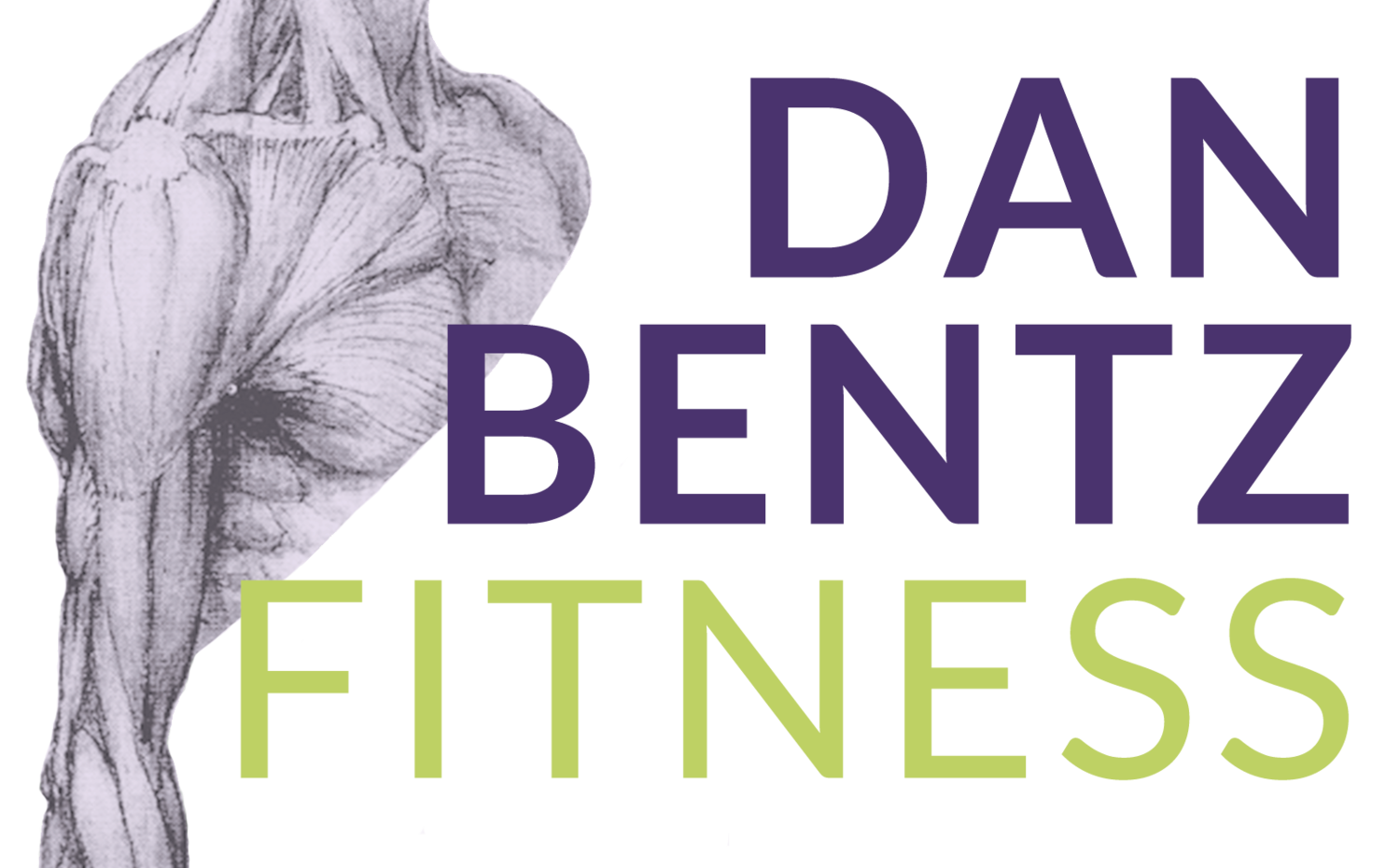There has been so much ignorant hype regarding juicing as of late. Juicing, as the trendy mainstream population calls it, is believed to be an efficient way to detox the body. I say our organs, most notably the liver and kidneys, do a pretty damn good job of that already. Plus, our immune system fights infection. There is nothing found in medical literature stating that juicing helps detoxify our bodies. By juicing, you are separating the juice from the fiber of the fruits and vegetables. Thus, you will not feel as satiated upon ingesting a “juiced meal.” Fiber is necessary to regulate blood glucose levels, cholesterol, and the GI tract. Secondly, in comparison with the amounts of fruits and vegetables needed to juice, you are consuming much more sugar than if you were to physically eat the fruits and vegetables.
So, is this juicing diet sustainable? No. You are depriving your body of necessary protein and carbohydrates. Yes, I said carbohydrates—your body’s primary source of fuel! Of course you will lose weight while juicing, but you are losing mostly water weight (i.e., 1 gram of carbs is equal to 3 grams of water), and your muscle tissue is breaking down as well (ketosis) due to not being supplied with adequate amounts of protein.
I’m not saying all modalities of juicing are bad. Just consider what you are doing first and how you are implementing the process. For short-term, immediate, necessary, cosmetic, satisfying weight loss, this will work wonders. For long term health, not the best way to go about it. Simply put: plan ahead and focus on long term benefits. Eat sensibly and live fully.


